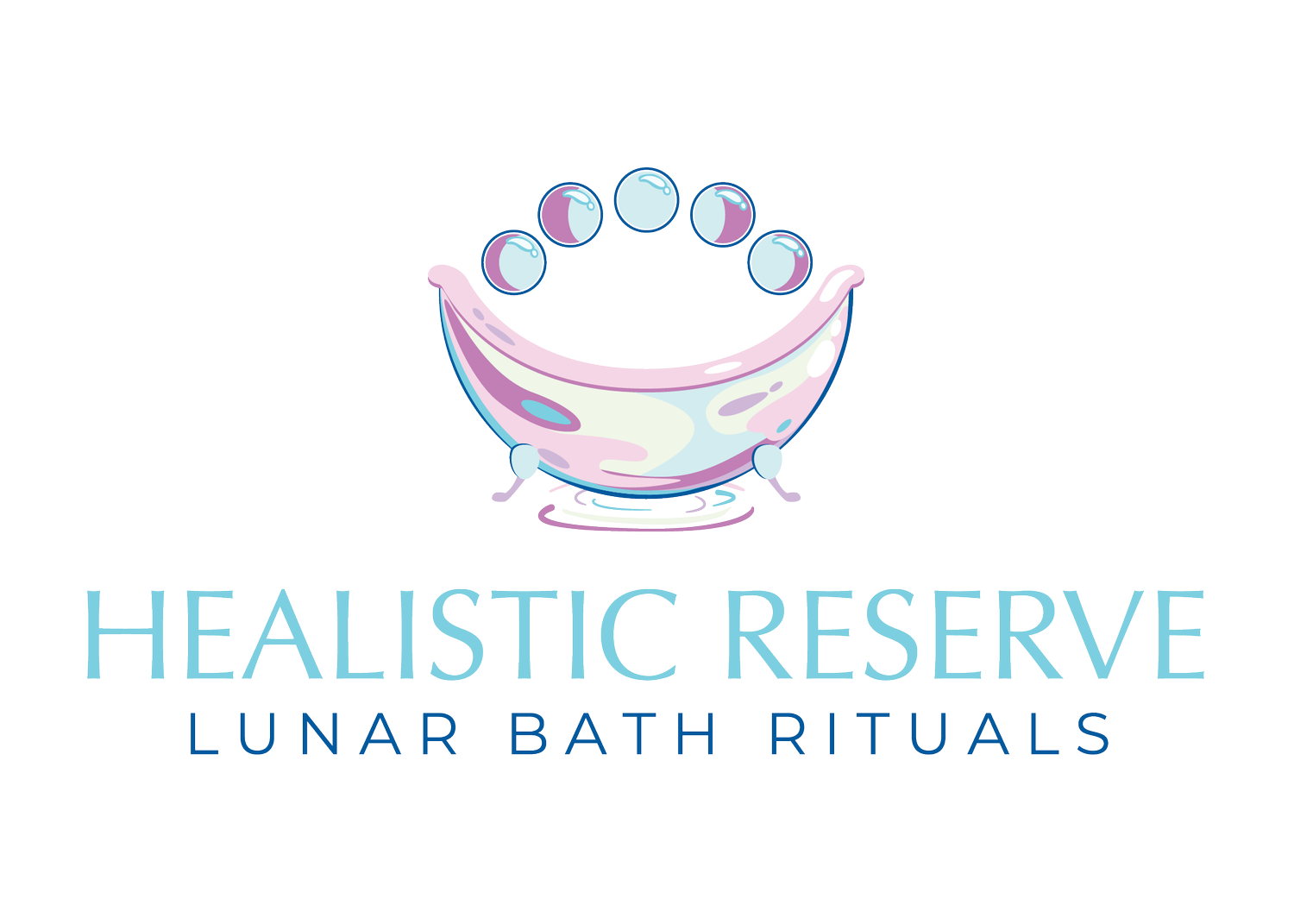Ethics of Sage and Palo Santo
Yesterday was Indigenous Peoples’ Day.
And in the world of witches and spiritual folx, this is a conversation that is just beginning, and it’s one that needs to continue-
🌿the ethics of sage and palo santo🌿
These sacred plants are being over-harvested to keep up with the growing consumerism surrounding them in the spiritual community.
The Palo Santo tree is endangered and on a watch-list. Sage and Palo Santo are being harvested for western consumption at alarming and damaging rates, while stealing these sacred resources from the Indigenous communities that these practices originate from.
White Sage and Palo Santo are traditionally not treated as commodities for profit, but rather should be given to you by a shaman or someone within the community to ensure it actually has the sacred benefit that it is being used for.
While I have North American Indigenous in my ancestry, I’m not as connected to it as I’d like to be and still cleanse my spaces and rituals consciously. I own 3 sage bundles, all gifted to me, and used very sparingly. My oldest sage bundle is one I’ve owned for 6 years!
Here are some alternatives to using unethically sourced sacred plants:
🌿lavender
🌿pine
🌿Rosemary
🌿European sage
🌿mint
🌿incense
🌿essential oils
🌿grow your own herbs
🌿my current personal favorite is clearing the room with Reiki. Check out my instructor, Lea K. Tawd , to receive your Reiki placements! Lea and Reiki have changed every aspect of my life!
An article by T’Lark via TriLuna Wellness says it perfectly:
“The answer is not to stop using cleaning rituals altogether, but rather to learn about their origins and the communities that created them in an effort to better support the Indigenous Communities from which they came. Go out of your way to learn about the history and culture. Use alternatives to the sacred, and now endangered, varieties of White Sage and Palo Santo.”


